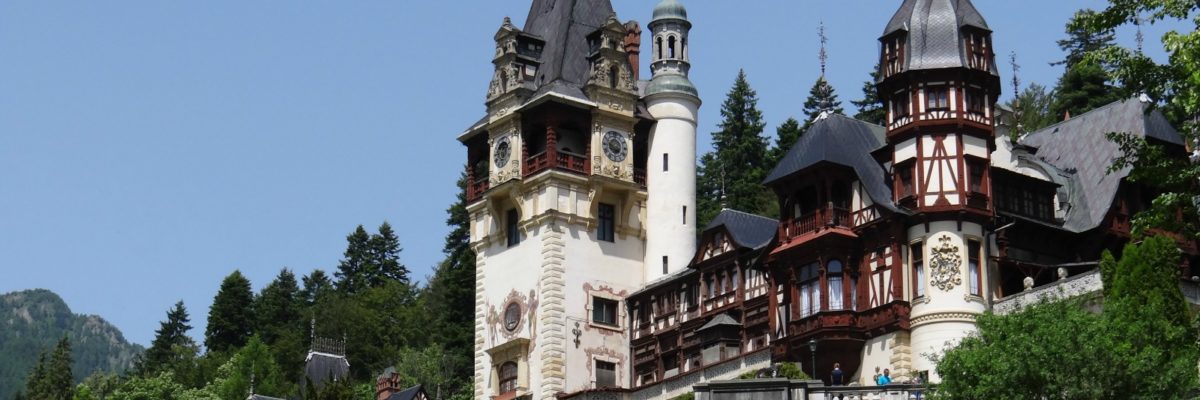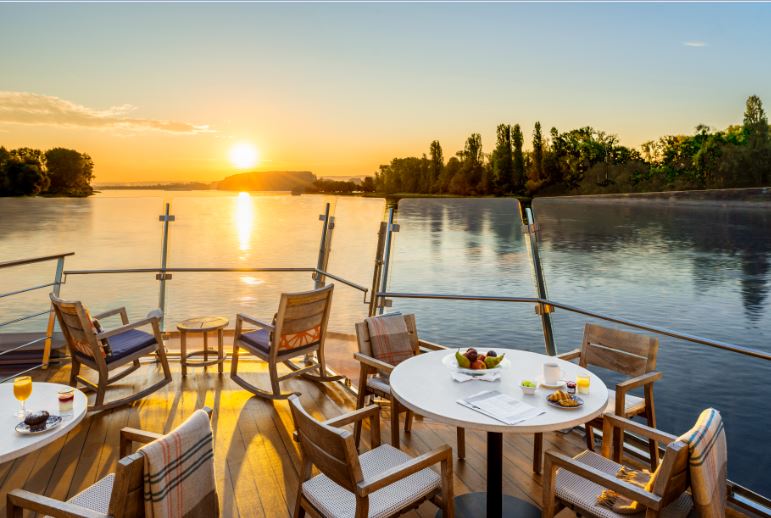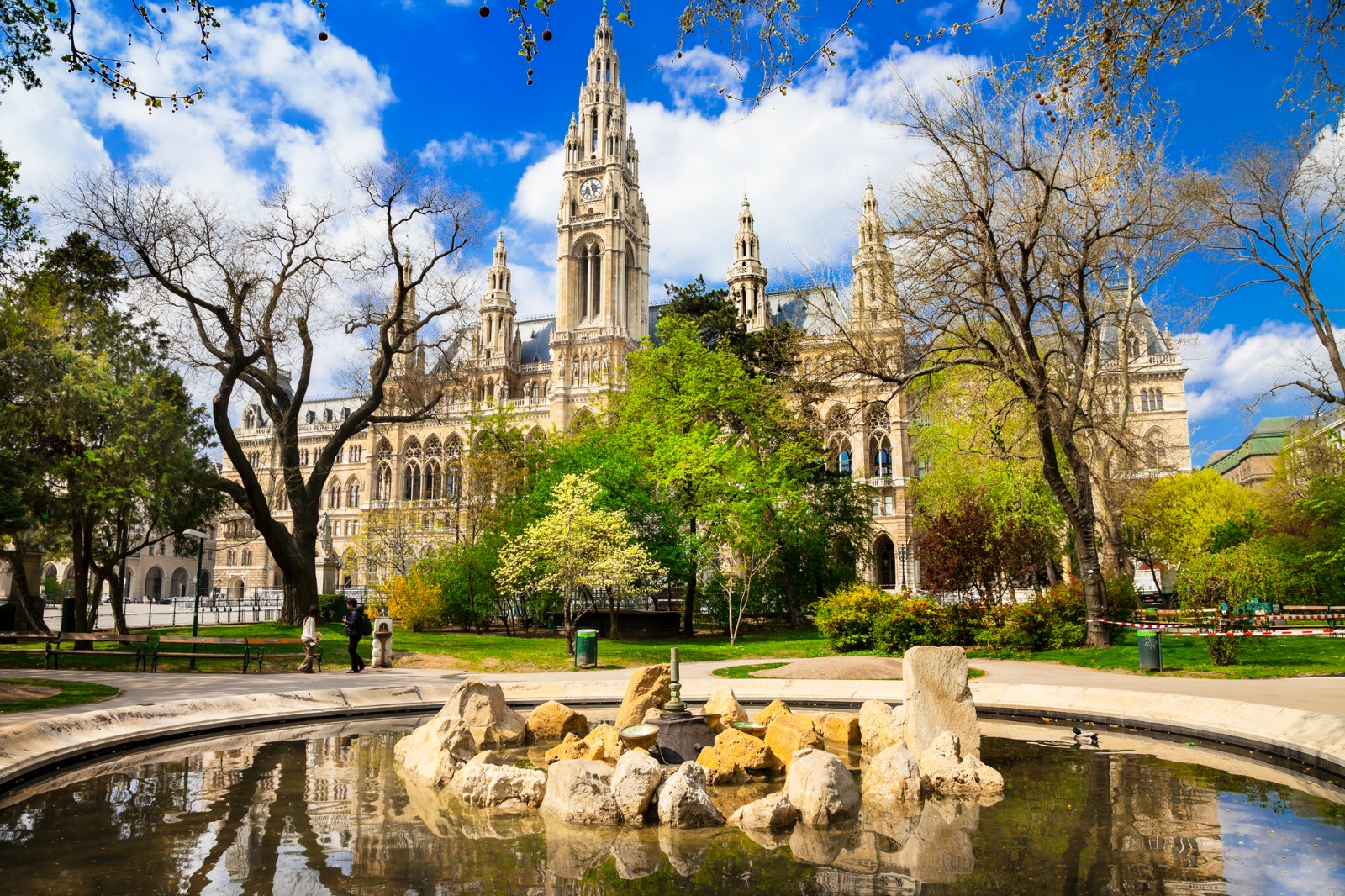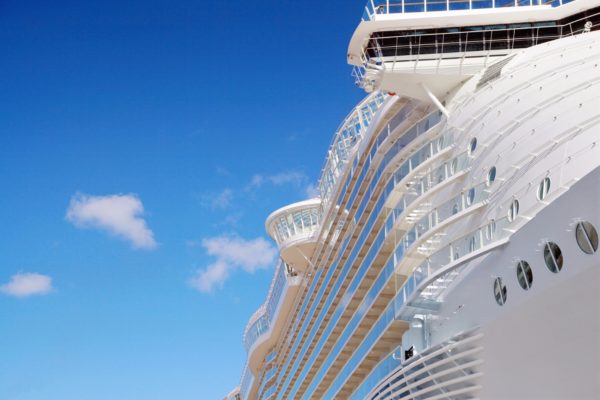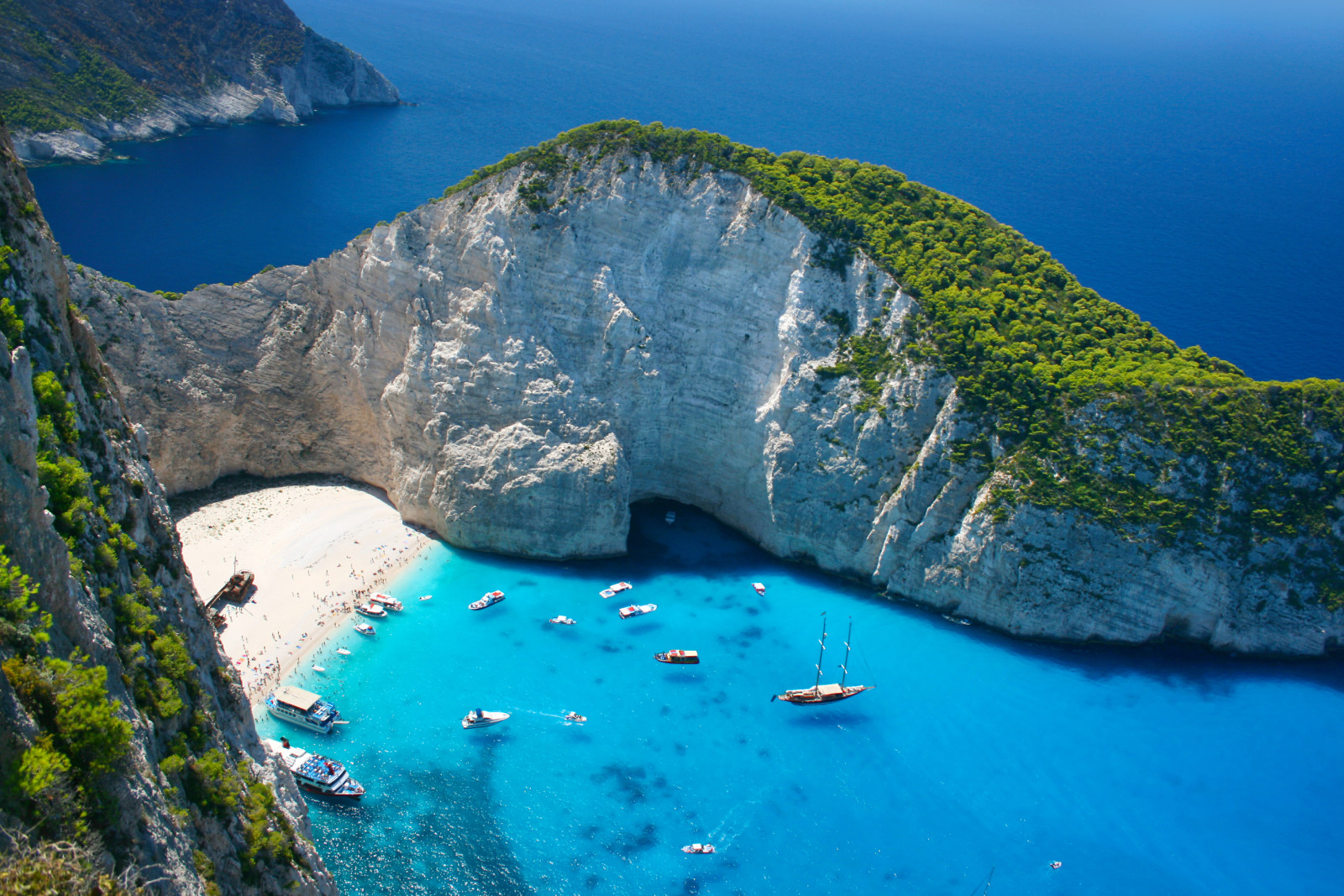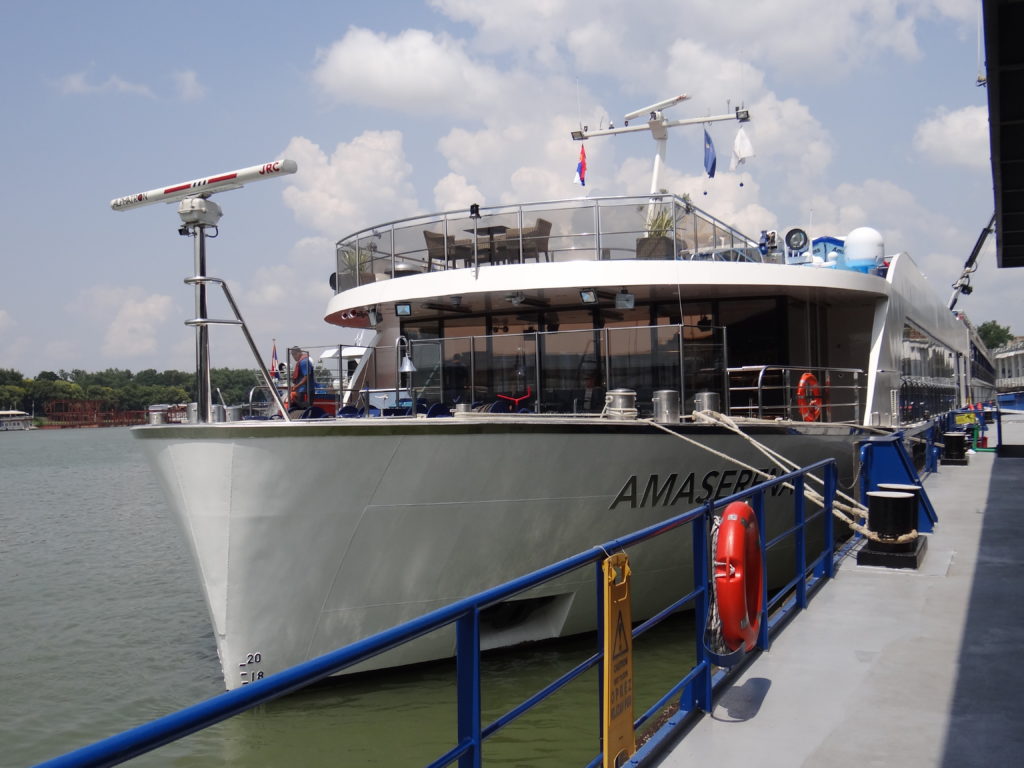
River cruises are among my favorite travel experiences, so, last July, I took an AmaWaterways river cruise so I could visit Southeastern Europe, a part of Europe I I hadn’t been to.
Since my grandfather was from Romania, a place I’d never been, I decided I would sail on AmaWaterway’s Gems of Southeast Europe, a 7-day cruise from Rousse, Romania to Budapest, Hungary, one of their lesser-known itineraries. I planned to arrive two days early to explore the area that had once been my grandfather’s home.
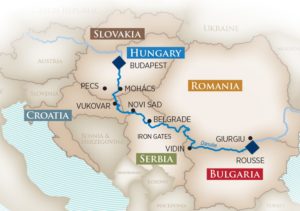
In Bucharest, I chose to stay at the Hotel Christina, a boutique hotel on Slatineanu Street that serves a superb breakfast buffet. They also offer an inexpensive airport pick up and arranged a transfer for me to the Danube on the day of my cruise.
Bucharest, on arrival, appeared to be a sprawling mass of streets and concrete apartment buildings. But after checking into the hotel I took a short stroll and discovered some surprisingly pretty green spaces. The city, I found out, has an energetic vibe brought on by its multicultural inhabitants.
It wasn’t Bucharest I had come early to see, though, but Transylvania, a land of lush green forests, rolling hills, remote Saxon villages, and picturesque medieval towns.
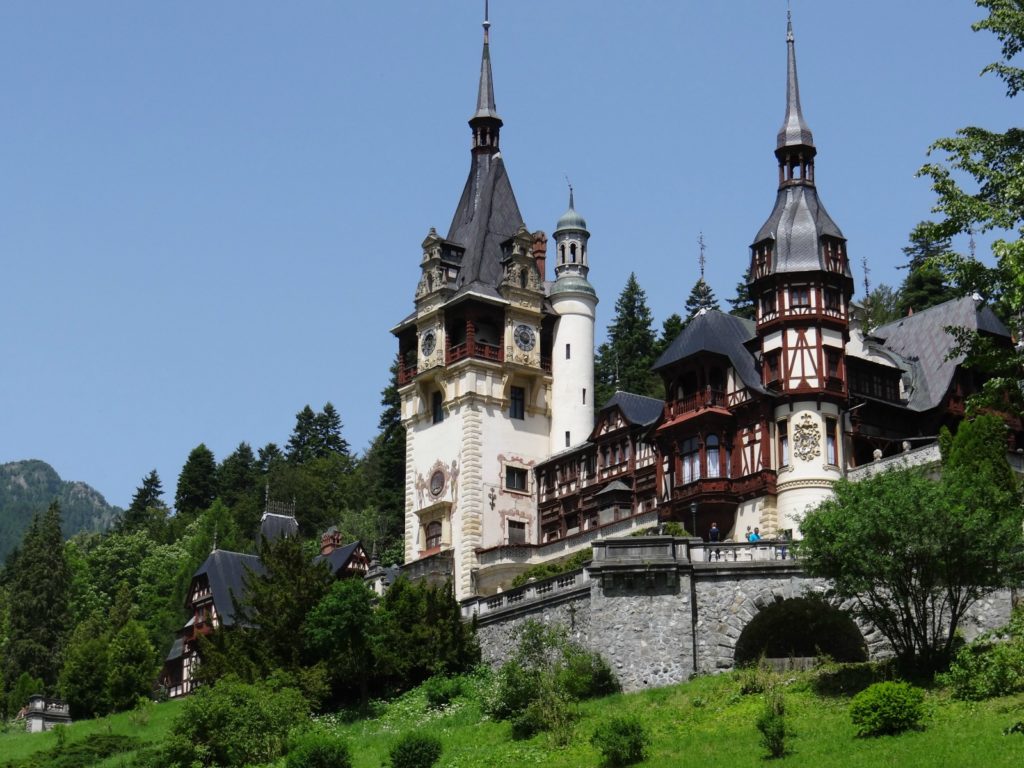
A pre-trip to Transylvania, the Land Beyond the Forest
Transylvania, made famous by Bram Stoker’s world-famous novel, Dracula, ranked 1st in 2016 Best Travel Regions by Lonely Planet – is a place where tourists come in search of the mysterious Count, but discover so much more.
It only took one day for me to fall in love with Transylvania, which I visited by taking a day tour with TravelMaker Bucharest Tours.
Our energetic guide, Serban Riga, was deeply passionate about his country and the people who live there. As we left the urban sprawl of Bucharest behind, he entertained us with legends and folklore and answered our questions about the homeland he loves.
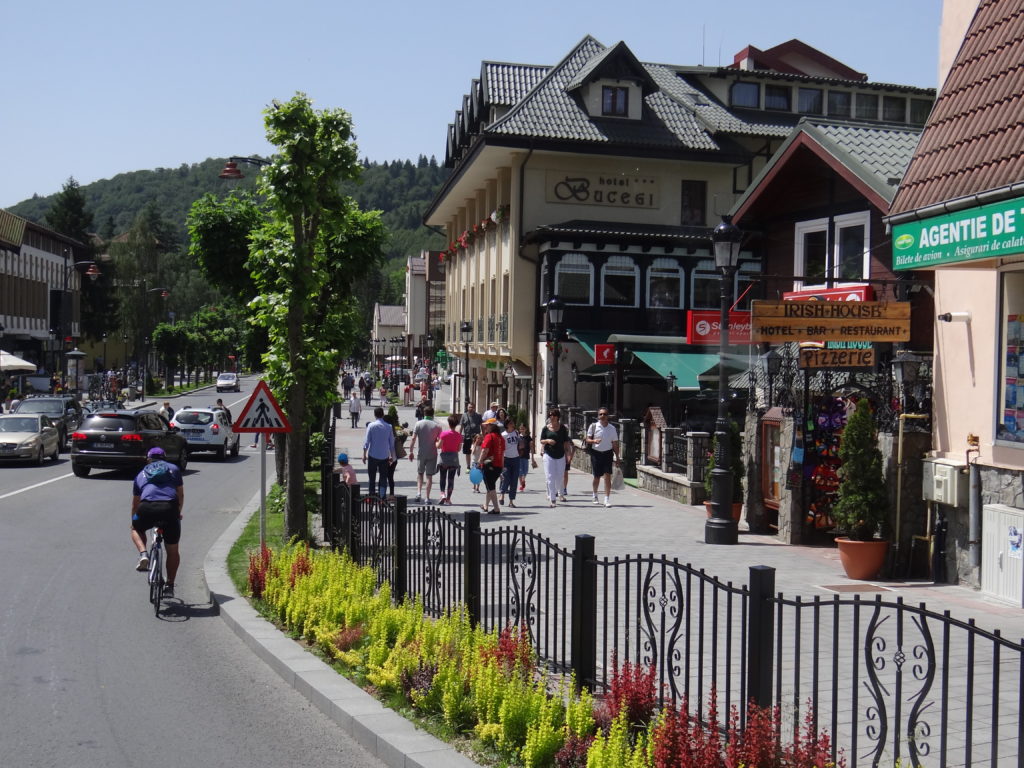
As we drove to Sinaia we seemed to travel backward in time, past hay-filled horse carts clip-clopping along country lanes.
In Sinaia, Walachia, we stopped at Peleș Castle, nestled at the foot of the Bucegi Mountains. Still owned by the Romanian Royal Family, this castle is so beautiful it was chosen as the most stunning castle in the world by Global Traveler, USA.
The pathway to the castle climbs gently up a hill, past gypsies selling baskets of bright red berries. Inside, the ornate furnishings are exquisite.
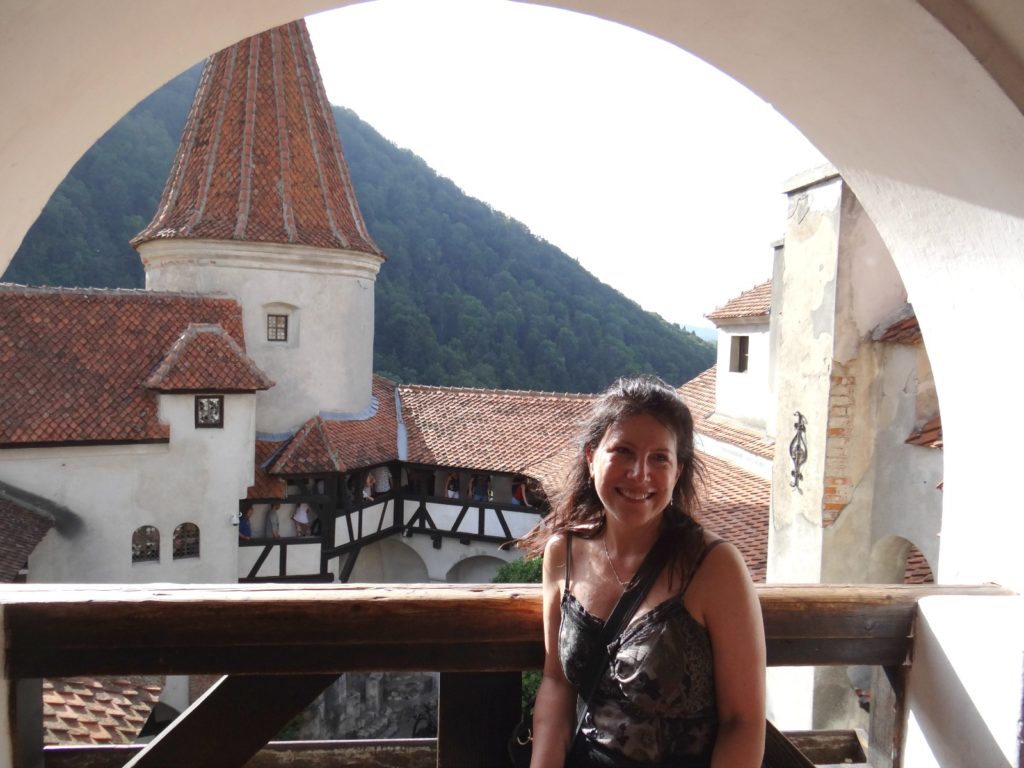
Our next stop, Bran Castle, is known as “Dracula’s Castle”, as it’s the only Transylvanian castle that fits Stoker’s description of Dracula’s abode. Despite the Summer crowds, I imagined the sinister Count lurking around every corner.
Our last stop was the town of Braşov. Founded by the Teutonic Knights in 1211, this scenic town, fringed by the peaks of the Southern Carpathian Mountains, has been chosen repeatedly as a backdrop in many period films due to its bewitching medieval ambiance.
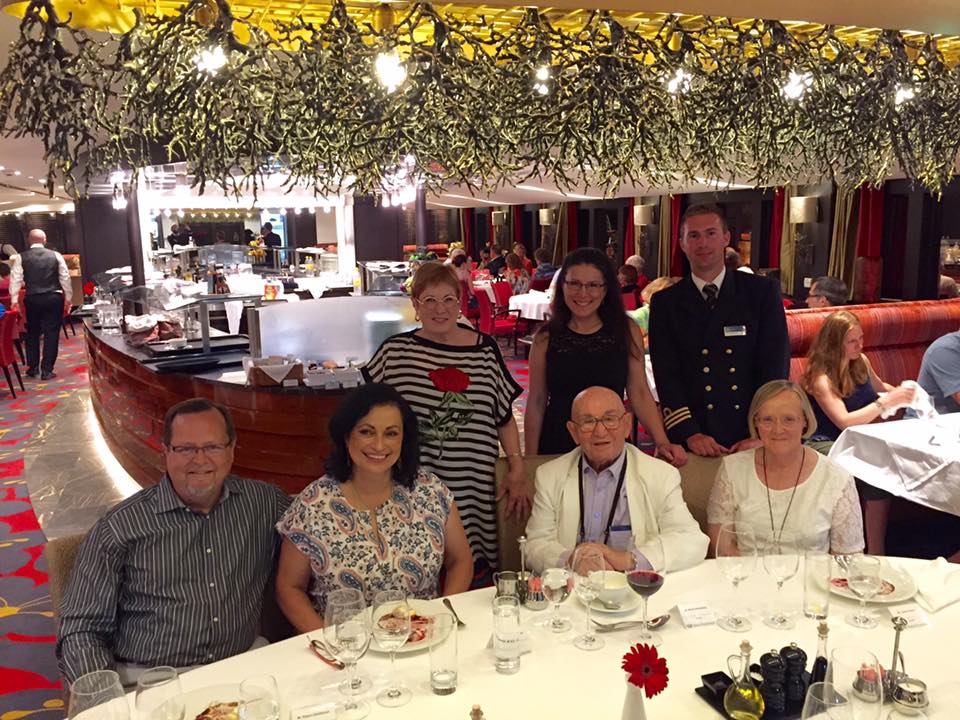
Onboard the AmaSerena
Arriving at the AmaSerena on embarkation day, I was delighted to find an invitation to dine at the Captain’s Table. The solo travelers had all been invited to dine with the captain that evening as a way to meet others traveling on their own.
This was the first of many thoughtful things AmaWaterways does that makes them stand out among river cruise companies. I’d been on a Viking River Cruise (Portraits of Southern France) and enjoyed it; however, AmaWaterways greatly enhanced the experience by adding numerous special touches.
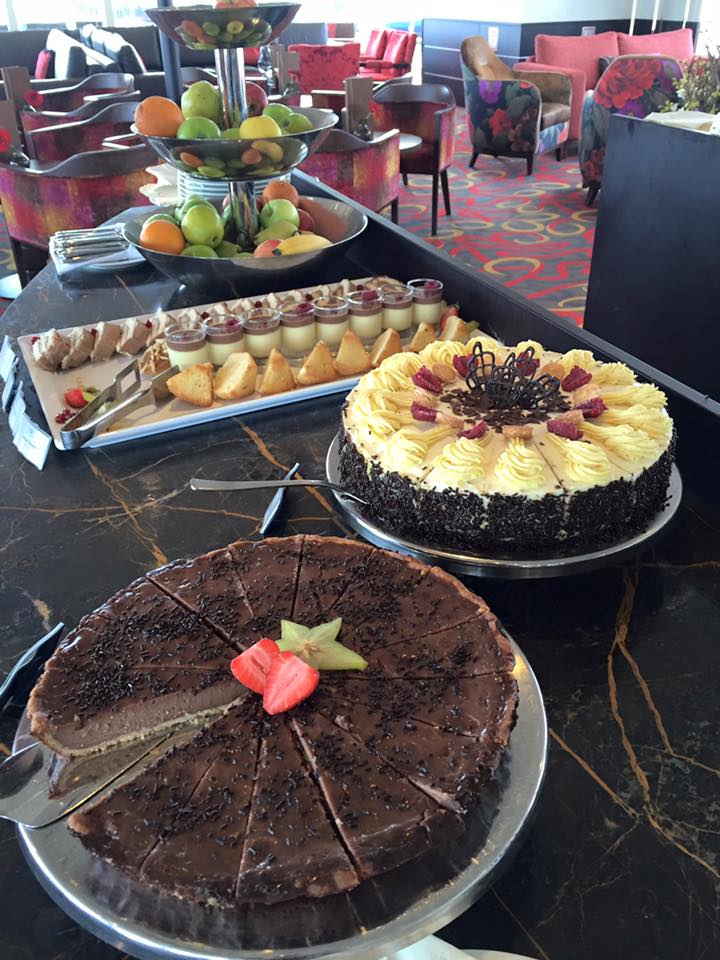
That evening, for example, each female traveler was presented with a red rose in the lounge before dinner. During dinner, the crew placed them in vases in our cabins.
Another surprise – postcards. The kind you really want to send. Free from the front desk, all you have to do is write them, and Ama will mail them.
Throughout our journey, Mátyás, our Cruise Manager, continually surprised us with helpful handouts, such as “Romanian Survival Phrases”, “How to read the Cyrillic Alphabet”, and even “A bit about Bulgarian Cheese”.
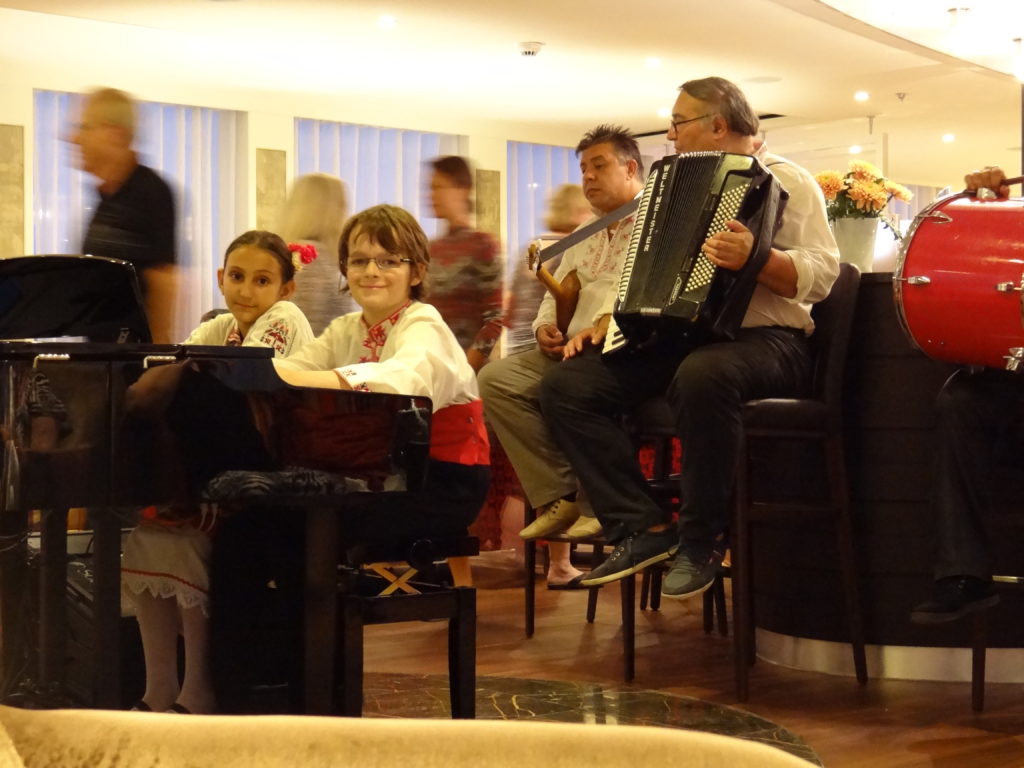
The AmaSerena
The AmaSerena, elegant and inviting, has a dining room and lounge that are comfortable and spacious. Also onboard are a small gym and spa, a cozy library, and a space for coffee and treats during the day.
You won’t go hungry – between meals Afternoon Tea was served in the lounge with an assortment of tea sandwiches and pastries, accompanied by the onboard Pianist.
The ship’s top deck is equipped with a small pool and “swim-up” bar, a popular hangout. There were plenty of lounge chairs, too – both in the sun and beneath a canopy. I never had trouble getting a chair anywhere onboard the ship.
My entry-level cabin (Category E) on the bottom deck had a “swan view” window. The cabin was well-lit, with more than enough space, and a large closet. The French balcony and verandah cabins I glimpsed on the upper decks were even more spacious.
Note that the staircase to the bottom deck is curved, and could present a challenge to anyone with mobility issues. Those folks should choose a cabin on the upper decks, which, with the exception of the Sun Deck, are served by an elevator.
The ship also has a special dining venue called The Chef’s Table, a unique venue that offers a gourmet tasting menu of the chef’s specialty dishes. Each passenger can dine there once during the cruise.
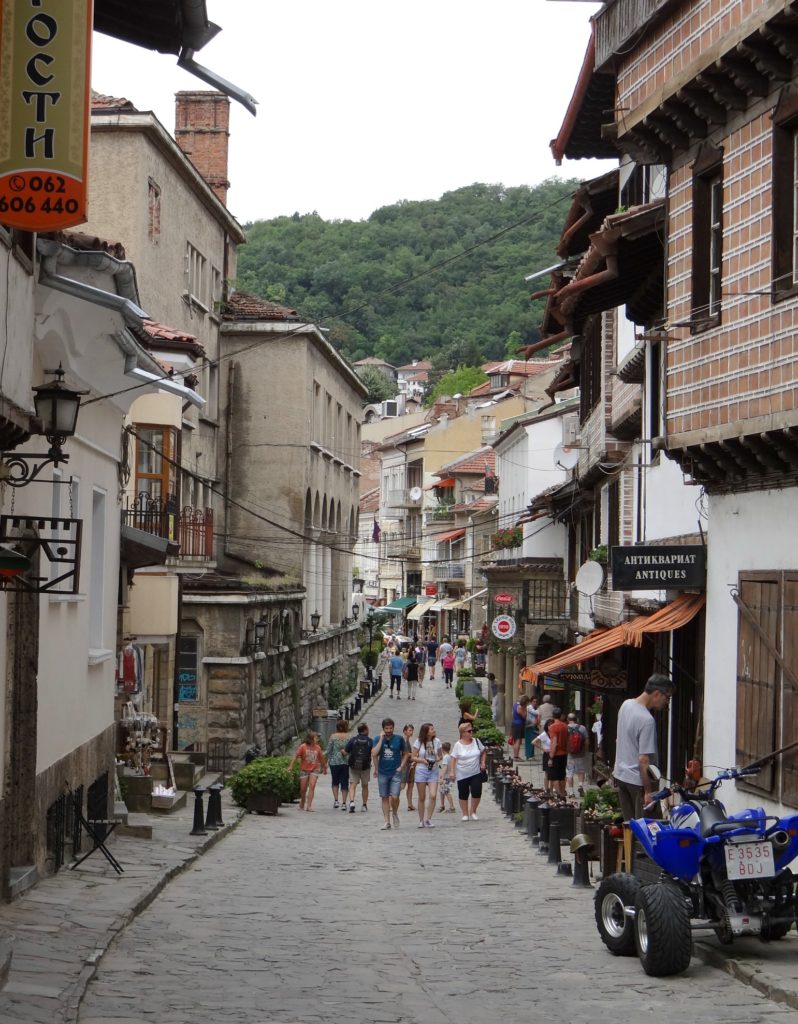
Bucharest, Romania or Veliko Tarnovo, Bulgaria
There were two options on the first day. One, the Bucharest city tour, included a visit to the Romanian Parliament, the largest civilian administrative building in the world. If you don’t want to climb the 300 steps inside, you can opt for a Panoramic city bus tour instead. After lunch, there’s an optional visit to the Open Air Village Museum, located in one of Bucharest’s parks, which the folks at Hotel Christina had told me was well worth a visit.
I chose to go on the tour of Veliko Tarnovo instead. An hour and a half drive brought us to this quaint medieval Bulgarian town, where houses stack one upon the other on a hillside and ancient stone buildings still dwell. Here, craftsman’s workshops and local eateries line a charming pedestrian main street, where we tried traditional Bulgarian food for lunch. Delicious!
On AmaWaterway’s excursions, we used Quietvoxes, which allowed us to hear the guide even if we weren’t right next to him or her, allowing us to stop and take photos without missing any commentary.
Each day, we had at least one excursion, and each evening, after dinner, a variety of entertainment awaited us, whether it was musicians, local singers, or local folkloric dance troupes.
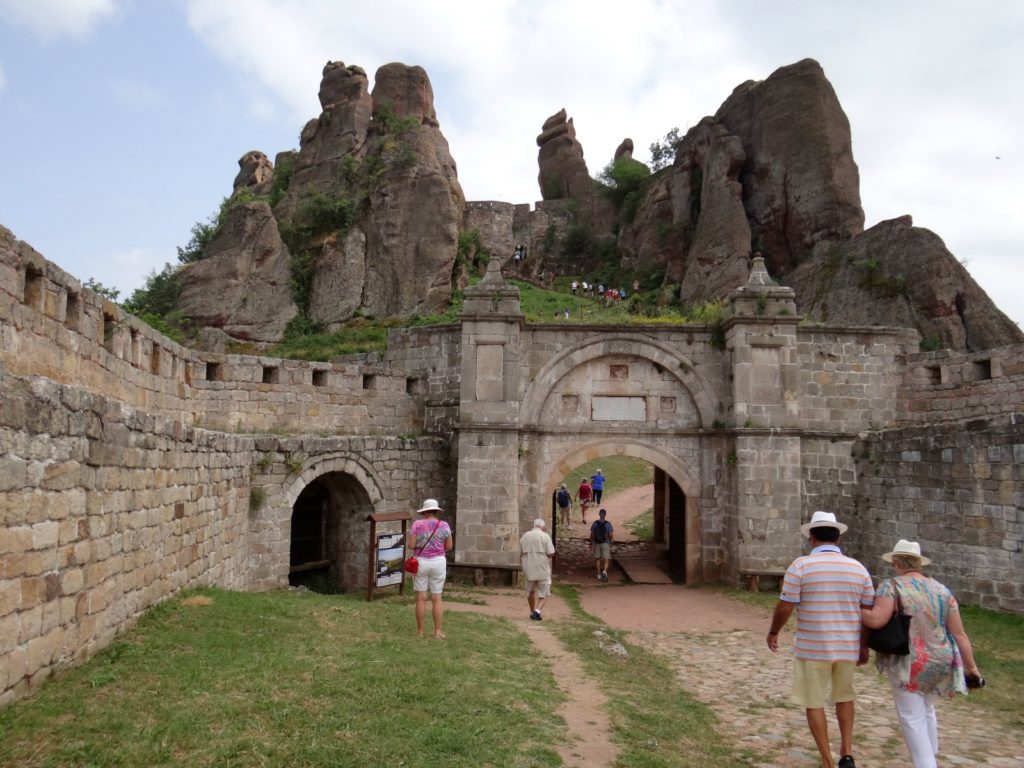
Vidin and Belogradchik Fortress, Bulgaria
The next day we docked at Vidin, Bulgaria, and took a bus to the town of Belogradchik. I’d seen photos of this fortress built from a mass of fairytale-like rock formations and couldn’t wait to see it in person. A climb to the top (or even almost to the top) opens up mesmerizing views of the Balkan Mountains.

Afterward, we drove back to Vidin for a tour of the well-preserved Middle Age fort of Baba Vida. This day requires good walking shoes and a hat.
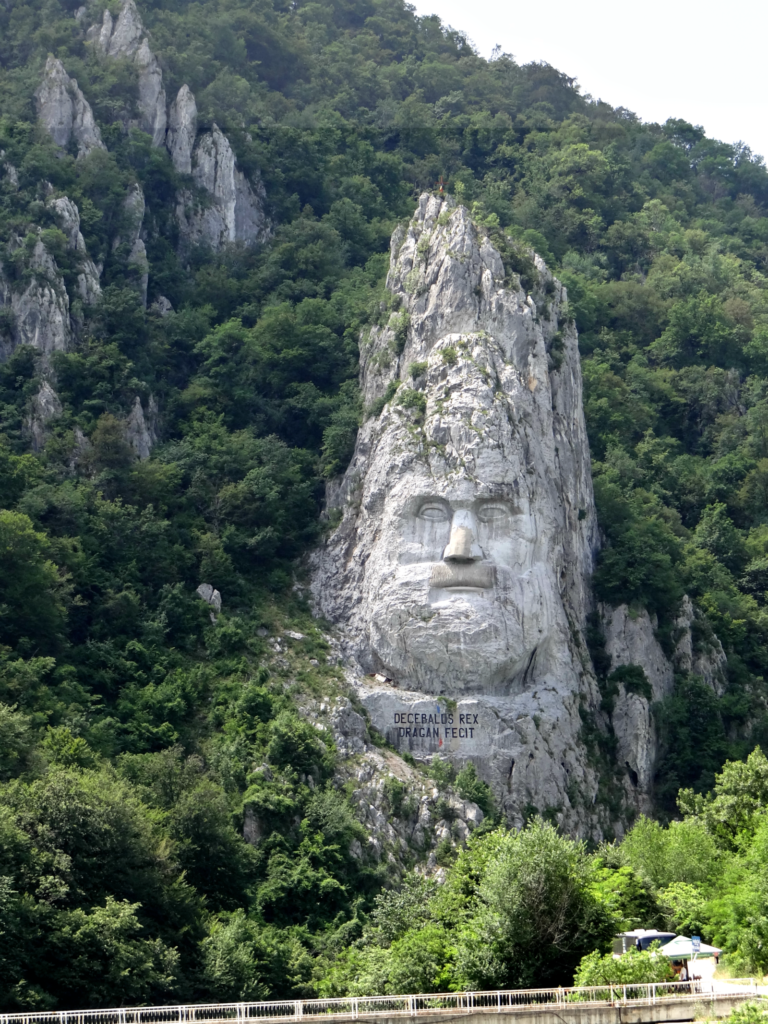
Cruising the Iron Gates
Our third day, a sailing day was a major highlight of the cruise. We spent the day cruising through the Iron Gates, a beautiful 84-mile stretch of fantastic gorges through which the Danube River flows between Serbia and Romania. The scenery, reminiscent of Middle Earth, is breathtaking, so charge your cameras in advance.
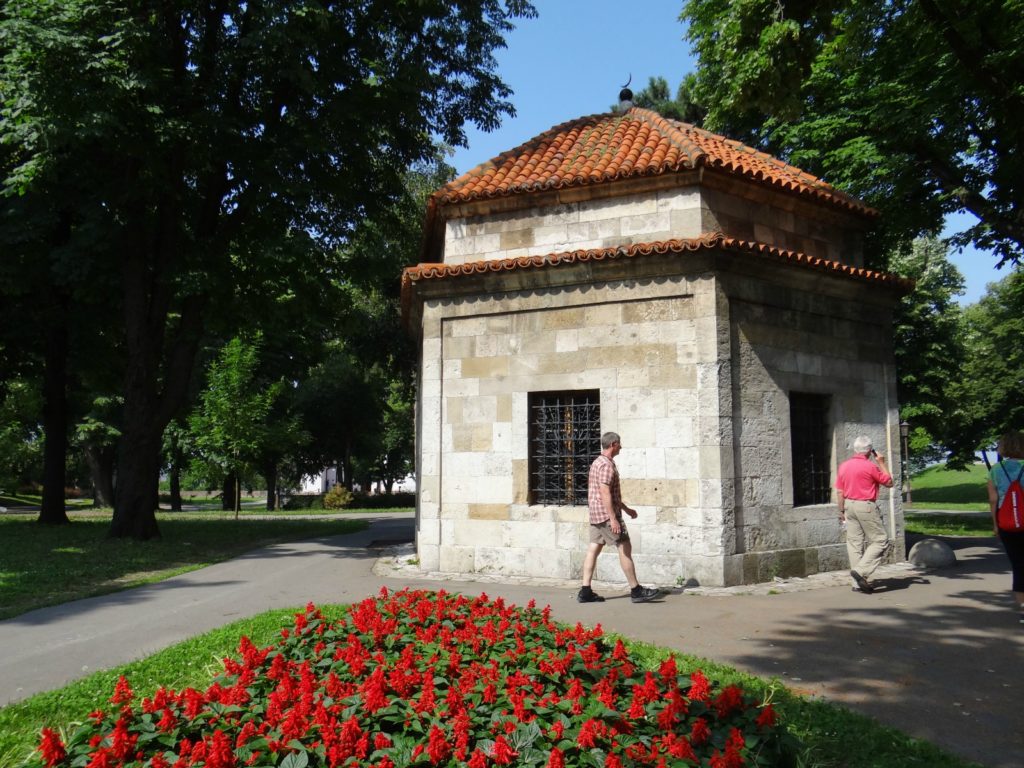
Belgrade, Serbia
Our next port of call was Belgrade, Serbia. Unfortunately, I felt sick that day but managed to do part of the Belgrade Fortress and City tour. Our guide told us about the city’s history, and we learned about Tito, the revolutionary who held Yugoslavia together for many years.
Belgrade’s vibrant, cosmopolitan vibe surprised me. I expected to see more damage from the Kosovo War, but, aside from a few government buildings that bear damage from the NATO bombings here in 1999, the city seems to have arisen from the ashes and rebuilt itself, and is now filled with verdant parks, gardens, and trendy shops.
Other tour options were also available, such as a Quburich Brandy Tasting, Tito’s Memorial Tour, or a bike tour of the city.
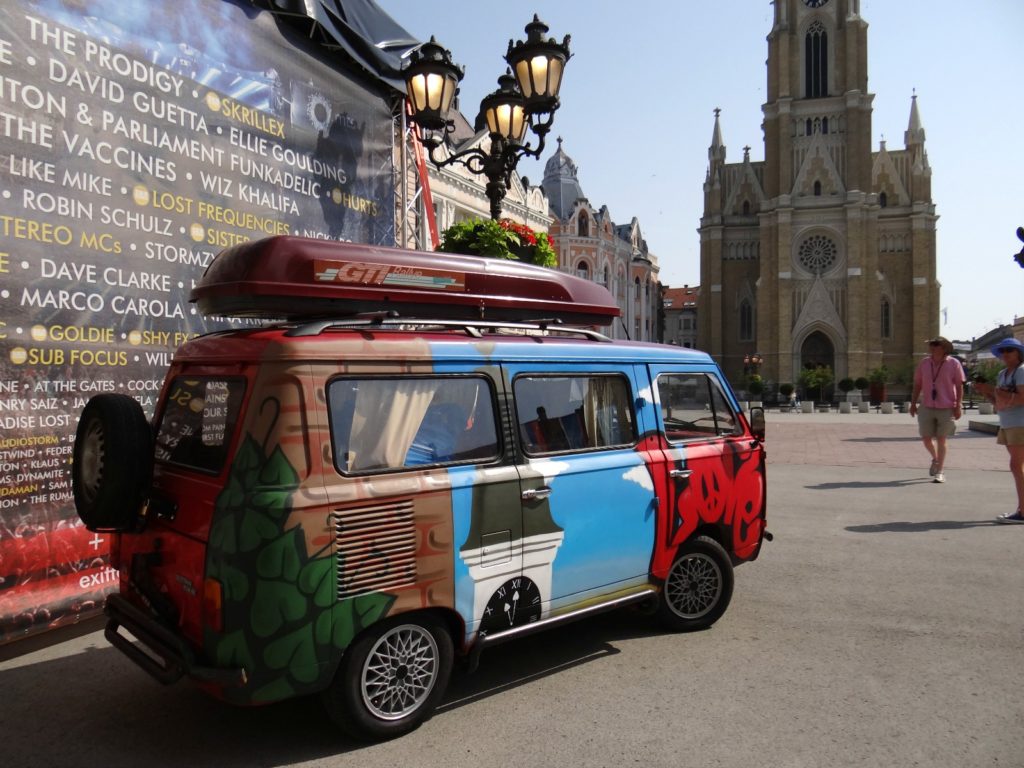
Novi Sad, Serbia and Vukovar, Croatia
Fortunately, I felt better the next morning, so I took the walking tour of Novi Sad, Serbia’s second-largest city after Belgrade. It’s a delightful city on the banks of the Danube, bustling with locals.
Novi Sad’s most striking feature is Petrovaradin Fortress, which stands guard over the city and offers remarkable scenic views. A hike to the fortress is also an option, as well as a culinary tour.
Later that afternoon we sailed further down the river then docked for a solemn walking tour of Vukovar, Croatia, located directly across the border with Serbia. The town was mostly destroyed during the Yugoslav Civil War, and many of the buildings still show the effects of heavy shelling.
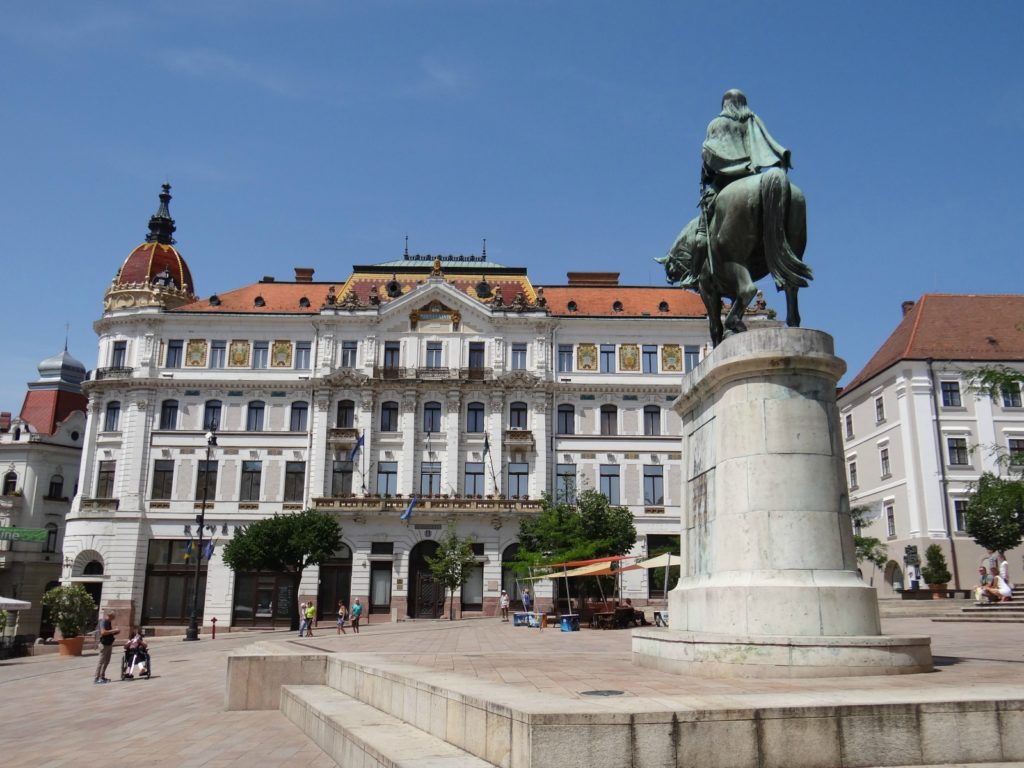
Mohács & Pécs, Hungary
Arriving at the sleepy river town of Mohács, Hungary, we drove past flourishing fields of crops and well-tended houses to Pécs, a lovely little university town near the border of Croatia.
After admiring the city’s Baroque architecture, we visited a “Mosque Church”, the Cathedral, and the Early Christian Necropolis of Pécs. This fascinating 4th-century archaeological site has a series of decorated tombs constructed in the cemetery of the Roman provincial town of Sopianae, modern-day Pécs.
Afterward, we had free time to shop, take photos, and check out the town’s eateries.
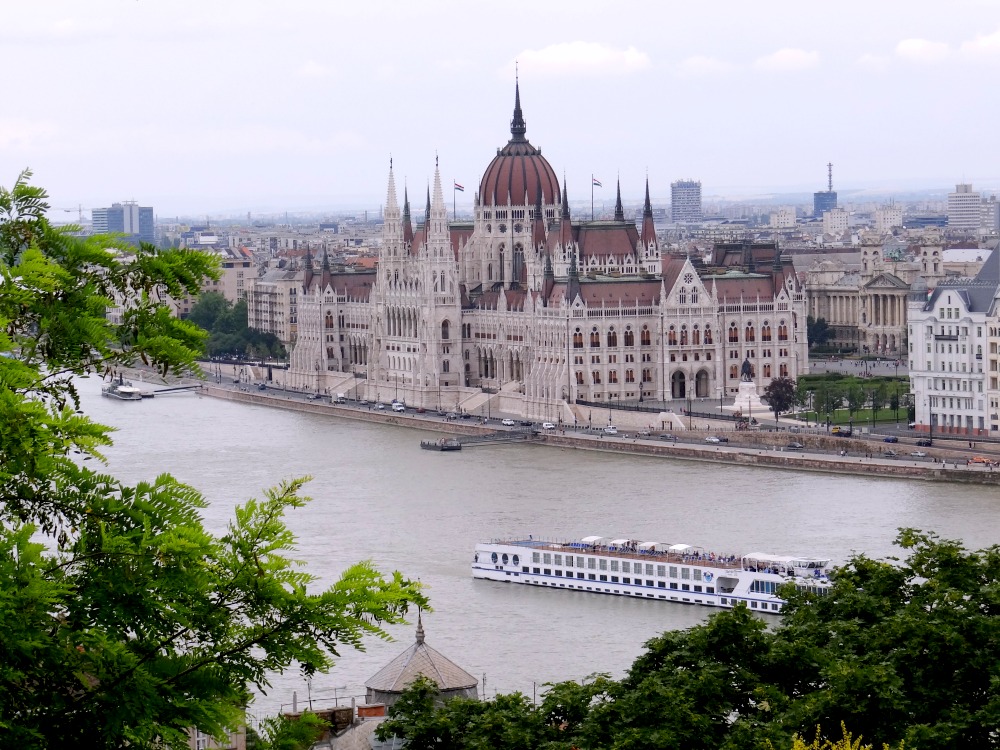
The next morning, I’d be disembarking in Budapest, Hungary’s gorgeous capital. But we still had one more night.
After a good-bye dinner, Ama delighted each passenger with a surprise gift in their cabin. Another thoughtful touch. That’s when I realized that with AmaWaterways, I didn’t feel like just another passenger, I felt like one of the family.
I hoped I’d be joining them again soon.

